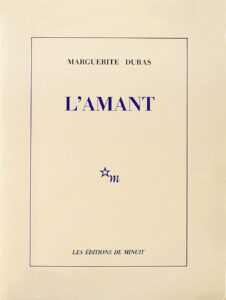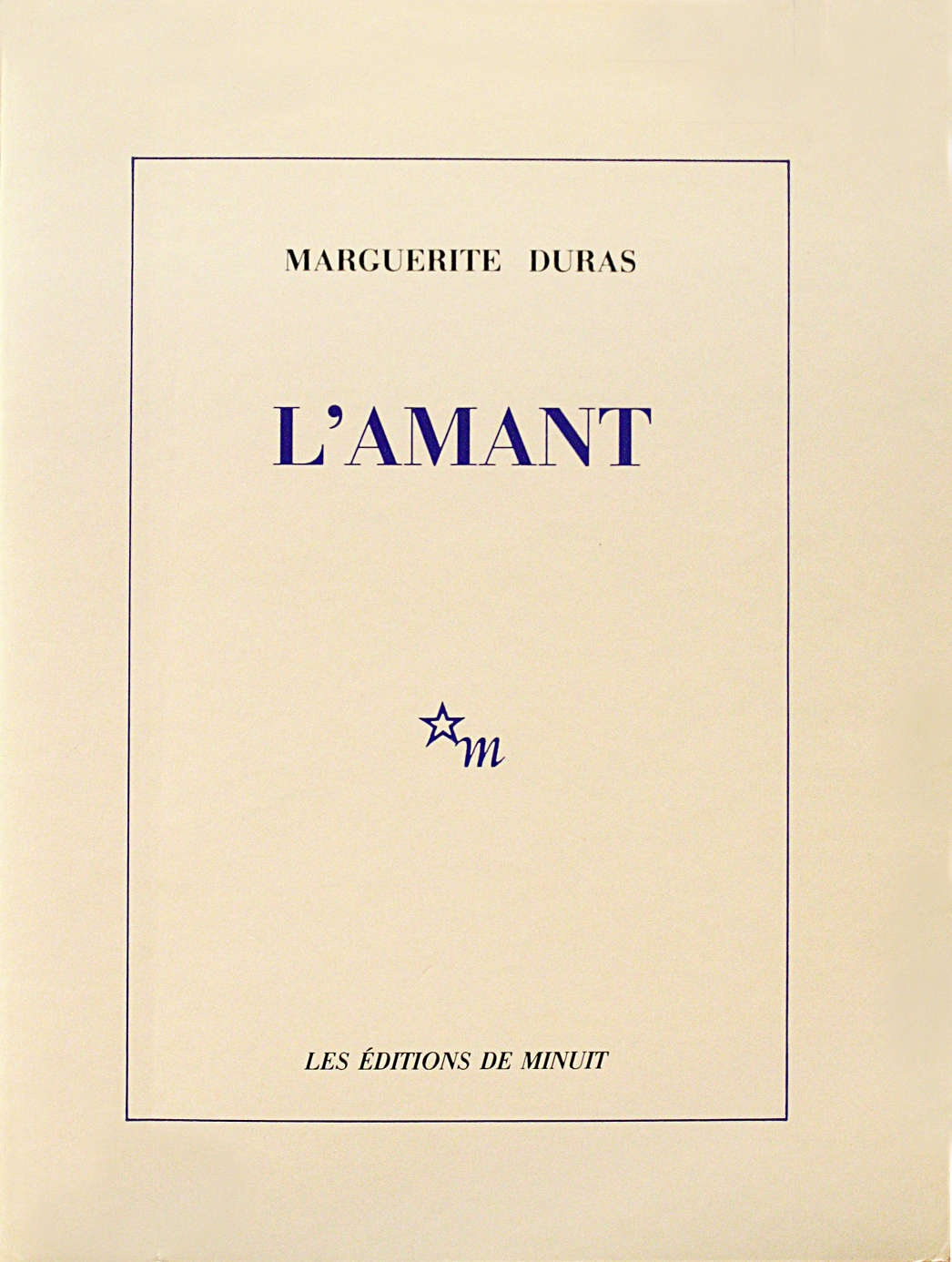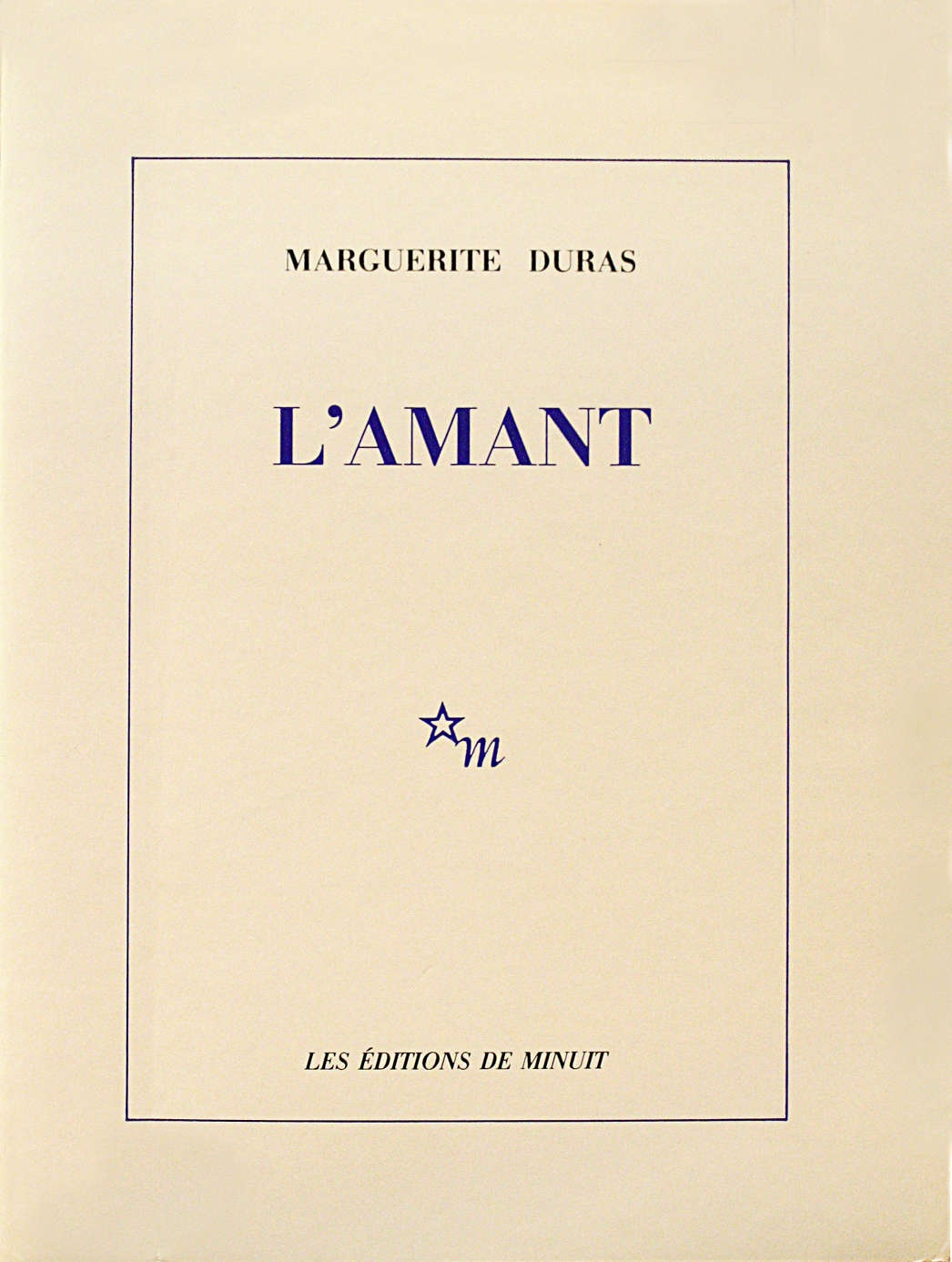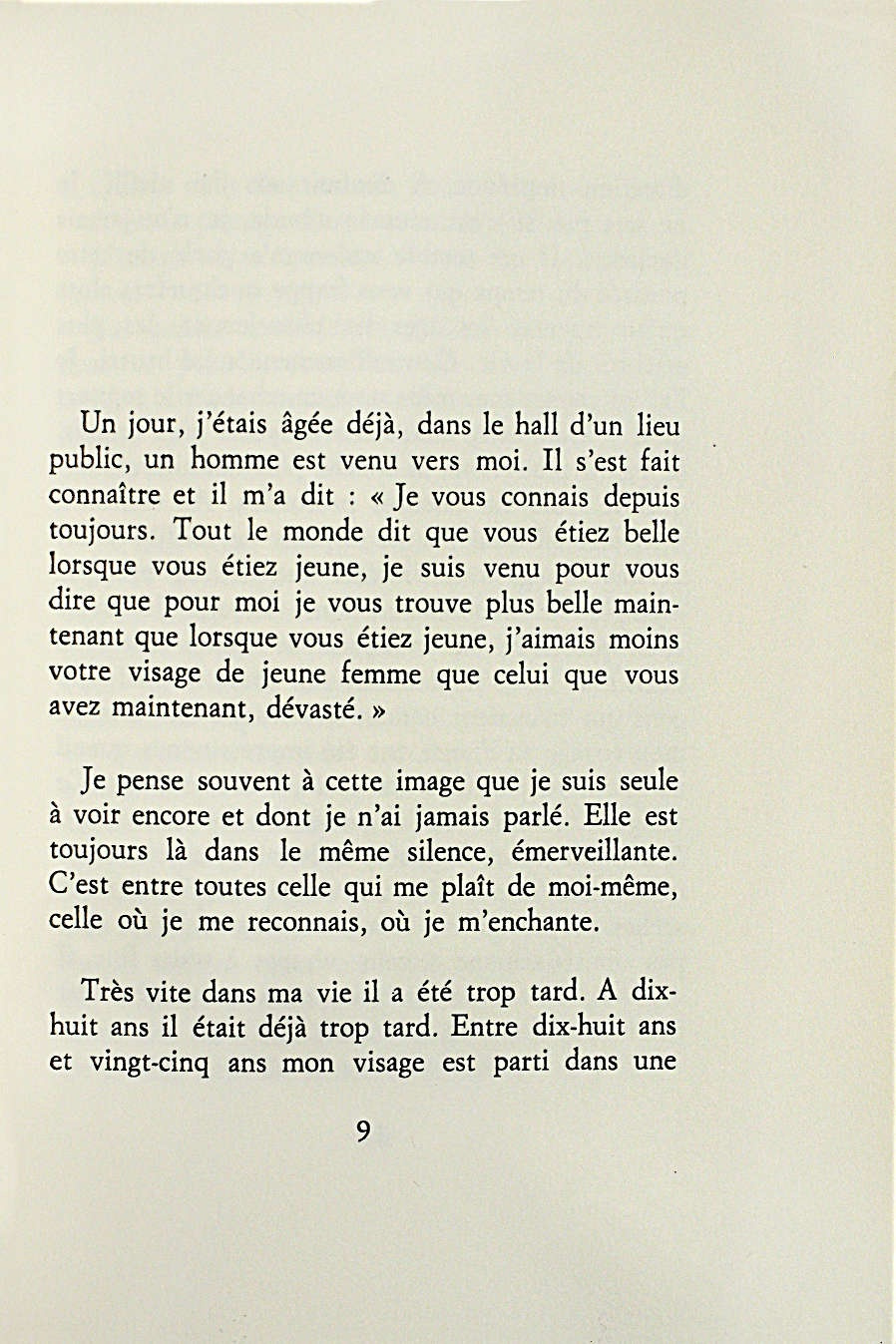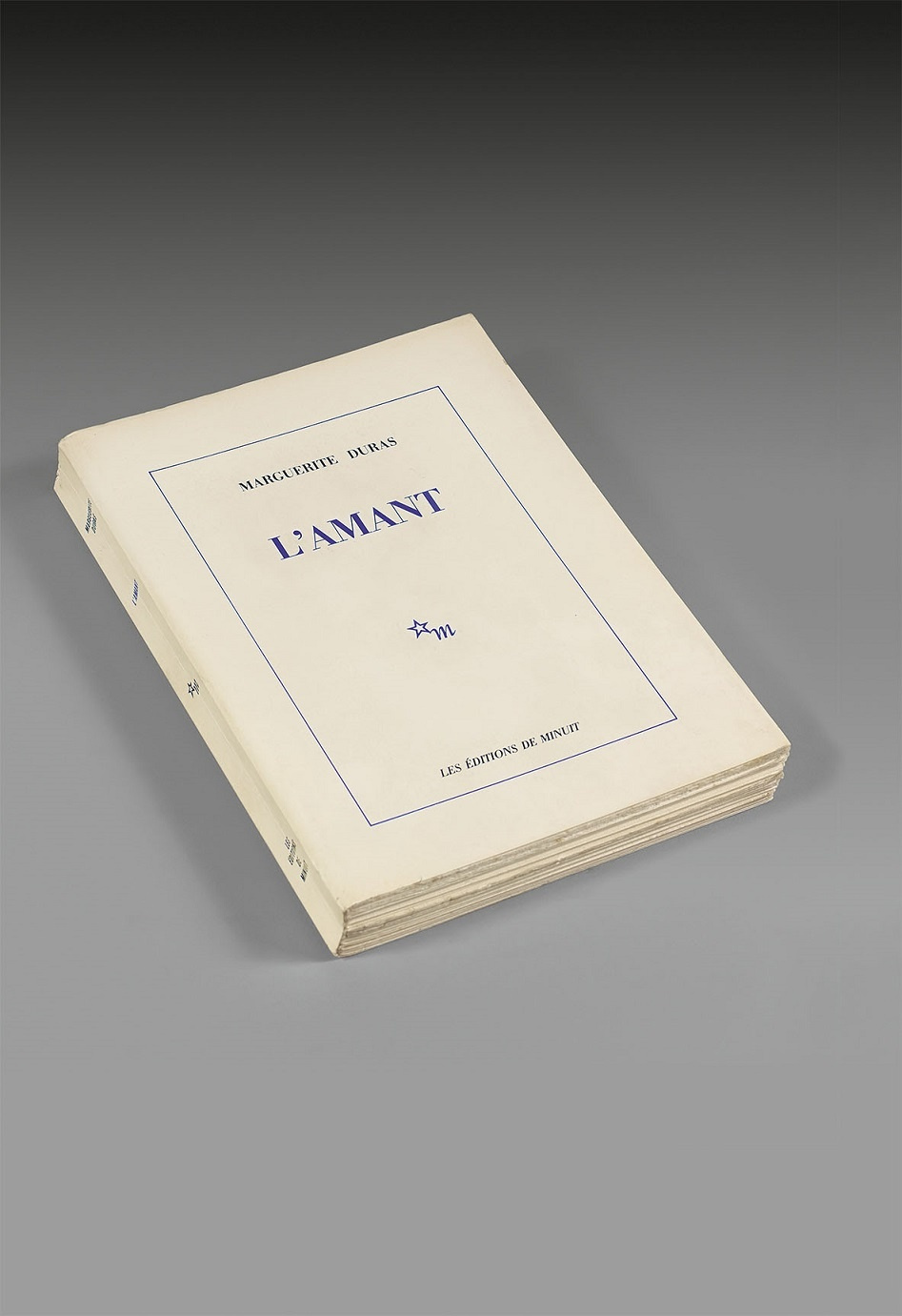Paris, Les Éditions de Minuit, juillet 1984.
Square 12mo [192 x 141 mm] of 142 pp., (6) pp. Preserved untrimmed in wrappers.
First edition of Marguerite Duras’s master-piece.
Precious copy from the tirage de tête, one of the 106 numbered copies on vélin d’Arches, only large paper, this one being one of the 7 not for sale and bearing the number V.
The novel, since its publication, became an event in the literary world and got an important success with more than 250 000 copies sold before the obtaining of the Prix Goncourt.
It is the favorite for the prize he receives in November 1984 on the third round of the ballot with six votes against three for L’Été 36 by Bertrand Poirot-Delpech and one vote for Le Diable en tête by Bernard-Henri Lévy, thirty four years after the elimination and critics of his novel Un barrage contre le pacifique[The Sea Wall] of which she suffered a lot.
This novel was sold, irrespective of editions, in 2 400 000 copies and has been translated into 35 countries.
Marguerite Duras’s major work, L’Amant has been written in 1984. It is a book largely autobiographical inspired from the thread of her childhood in Indochina. It has been reworked 7 years later under the name L’Amant de la Chine du Nord, another book which also looks like her.
“In ‘L’Amant’, Marguerite Duras uses again in a confidential tone the pictures and themes that haunt her entire work. Her readers will then be able to go down this large river with Asian slowness and follow the author in the twists and turns of the delta, in the mugginess of rice fields, in the shadowed secrets were she developed the repetitive and obsessive incantation of her books, her films, her theatre. She literally went back to her spring, her ‘fundamental scene’: this moment when, towards 1930, on a ferry crossing the Mekong, a extremely wealthy Chineseman gets close to a small fifteen years old White girl his going to love. The most beautiful passages of ‘L’Amant’ must be read out loud. One will feel better the rhythm, the scanning, the intimate breathing of the prose, which are the writer’s subtle secrets. From the first lines of the account burst Duras’s art and know-how, her liberties, her challenges, the thirty year conquests to get to the writing of this pounding, fast, neutral and light language able to catch all the nuances, be at the exact speed of the mind and image. An extreme realism (we see the river, we hear Cholon’s screaming behind the shutters of the bachelor pad), and at the same time a kind of waking dream, of dreamt life, of living nightmare: this prose is second to none and is of great efficiency.” François Nourissier (Le Figaro Magazine, October 20th 1984).
Marguerite Duras, her real name being Marguerite Germaine Marie Donnadieu, is born on Apil 4th 1914 in Saigon, in Indochina, after the transfer her parents made to work as volunteers in the colonies. Her father, a school director and her mother a teacher, had three children. Pierre, Paul et Marguerite. In 1921 her father dies, forcing the family to go back to France were they will live two years and a half in Pardaillan, in the Lot-et-Garonne. This death she violently endured was an important event for the future writer. We guess that her nom de plume comes from there.
In 1924, the family goes back to Indochina. After an uncertain investment in a granted dam, the mother will hate to back to teaching. This episode of her life will mark Marguerite who will report it in 1950 in her first novel, The Sea Wall. From this year, Marguerite Duras does not stop publishing novels at regular intervals. She writes “The Lover [L’Amant]” in 1984 and will receive the world known honor obtaining the Prix Goncourt. Two years after, she receives the prize Ritz-Paris-Hemingway rewarding the best English novel published. She will deal with her childhood in Indochina from another point of view in 1991 in her books entitled L’Amant de la Chine du nord.
Marguerite Duras’s master-piece preserved untrimmed under its original wrappers.
